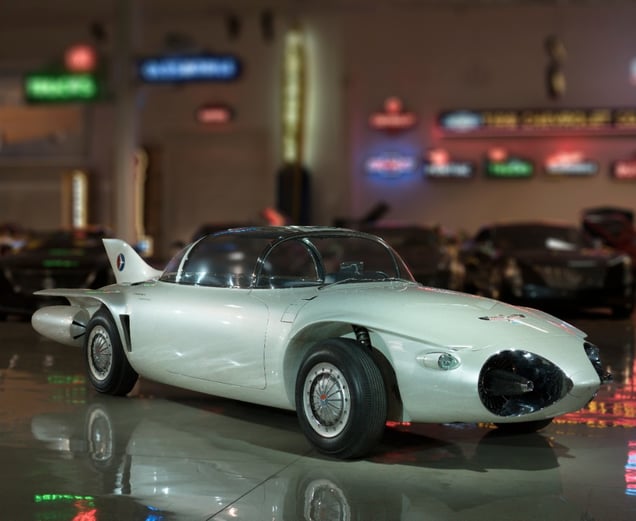The Future of Autonomous Vehicles
Get insights into the future of autonomous vehicles and how they are reshaping transportation. Learn about the latest advancements in self-driving technology and the potential impact on safety and convenience.
BLOG
9/3/20233 min read


The world of autonomous automation has captivated researchers and engineers alike, driving them to push the boundaries of what is possible in the realm of transportation. In this article, we embark on a chronicle of the remarkable journey that autonomous vehicle technology has undertaken since its inception in the 1920s. This retrospective will guide us through the past, present, and future of autonomous vehicles, shedding light on the significant milestones achieved along the way.
The Dawn of Autonomous Vehicles (1920s-1960s)
Our journey begins in the 1920s, a time when the concept of autonomous vehicles was in its infancy. Radio-controlled vehicles emerged as the pioneers of this technology, offering a glimpse into a future where machines could navigate without human intervention.
As the decades rolled on, significant progress was made. By the 1960s, autonomous vehicles equipped with electronic guide systems started to gain traction. These early prototypes laid the foundation for future developments, showcasing the potential for automation in the world of transportation.


The 1956 Firebird II: A Landmark in Innovation
Amid this transformative period, a true marvel emerged—the General Motors Firebird II. Introduced at the 1956 GM Motorama, the Firebird II was a gas-turbine-powered engineering concept car and the successor to the famous 1954 Firebird I.
The four-passenger Firebird II was characterized by a slew of groundbreaking innovations. Its titanium body showcased the potential of advanced materials in automobile construction. Under the hood, it featured a regenerative gas turbine that promised both power and efficiency.
But the innovations didn't stop there. The Firebird II boasts all-wheel independent suspension with automatic load-leveling, power disc brakes, an alternator, a magnetic ignition key, electric gear selection, and individually-controlled air conditioning. These features were ahead of their time and hinted at the future of automotive technology.
Vision-Guided Revolution (1980s)
The 1980s marked a pivotal moment in the history of autonomous vehicles with the introduction of vision-guided technology. This breakthrough allowed vehicles to rely on visual cues and sensors to navigate their surroundings. It was a giant leap forward in terms of autonomy, as vehicles could now perceive their environment and make decisions based on real-time information.
The Advent of Semi-Autonomous Features (Late 20th Century)
Following the success of vision-guided technology, the late 20th century saw the integration of semi-autonomous features into modern vehicles. These innovations included lane-keeping assistance, automatic braking systems, and adaptive cruise control. These systems were based on the foundational technologies developed in previous decades, providing drivers with an enhanced level of safety and convenience.
The Present: A Glimpse into the Future (21st Century)
As we step into the 21st century, autonomous vehicle technology has made tremendous strides. Extensive network-guided systems, in conjunction with advanced vision-guided features, have become the hallmark of contemporary autonomous vehicles. These systems rely on a combination of GPS, data networks, and sophisticated sensors to enable vehicles to navigate autonomously with precision.






Looking Ahead: A Bold Prediction
The future of autonomous vehicles is both promising and ambitious. Experts predict that we are on the cusp of a transportation revolution. By the advent of the next decade, it is expected that most major automotive companies will launch fully autonomous vehicles for the public. These vehicles will offer a level of safety, efficiency, and convenience previously unimaginable.
A New Era of Safe and Comfortable Transportation
In conclusion, the journey through the evolution of autonomous vehicle technology has been nothing short of remarkable. From humble beginnings in the 1920s to the vision-guided revolution of the 1980s and the present-day network-guided systems, the field has come a long way. The Firebird II serves as a testament to the spirit of innovation that has driven this industry forward.
As we move forward into this exciting era of autonomous automation, it is essential to appreciate the dedication and innovation of countless researchers, engineers, and visionaries who have made this journey possible. Autonomous vehicles are not just a mode of transportation; they represent the relentless pursuit of progress and the relentless drive to make our world safer, more efficient, and more connected.
